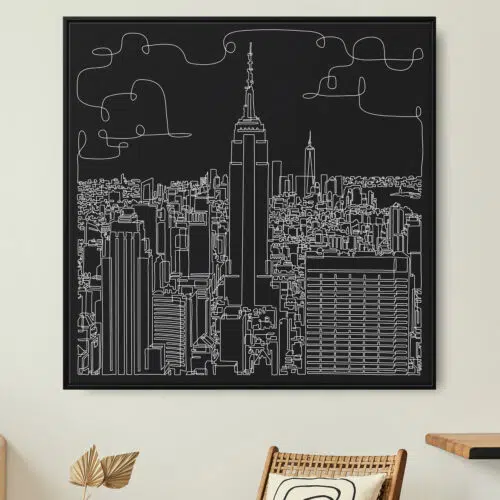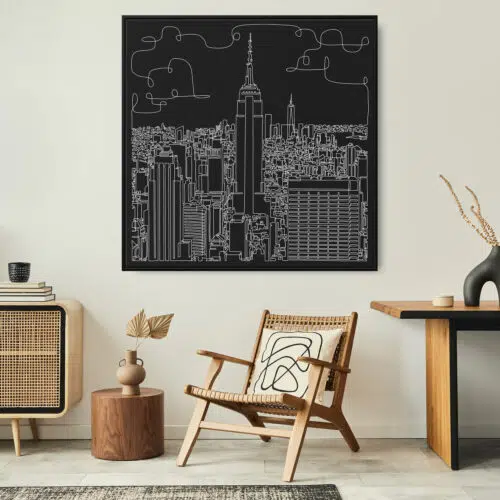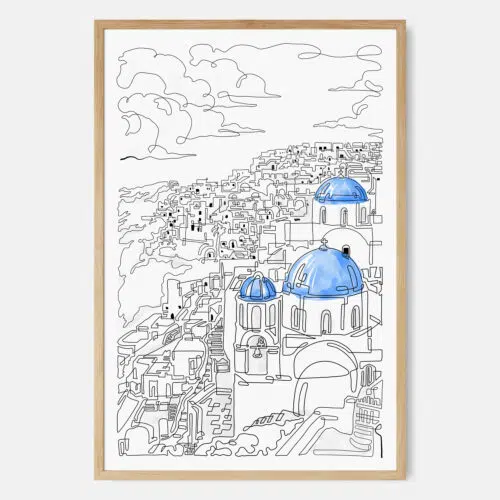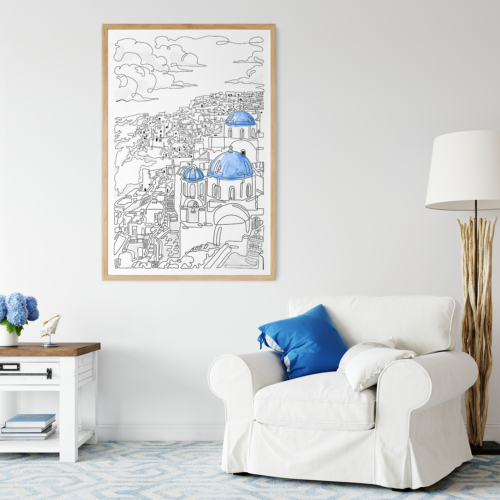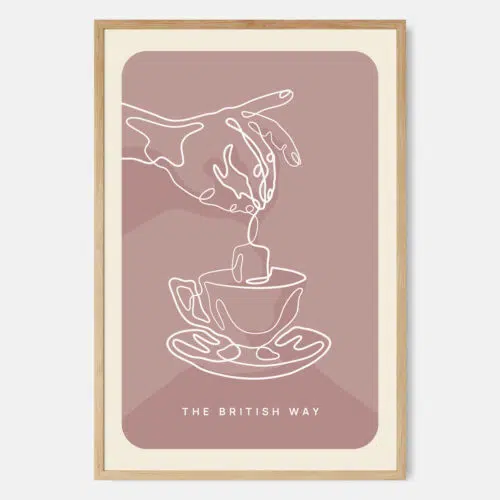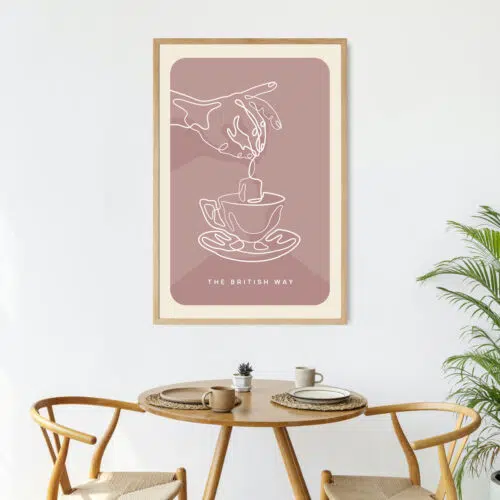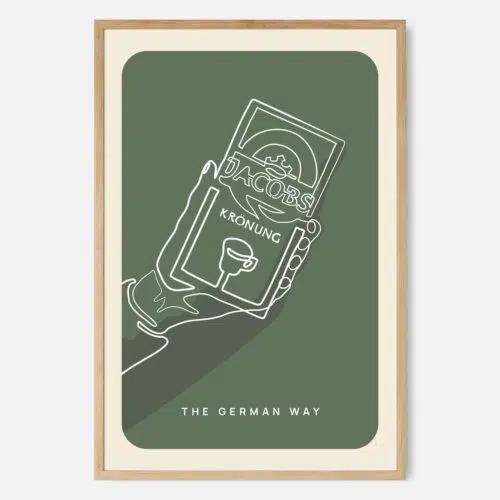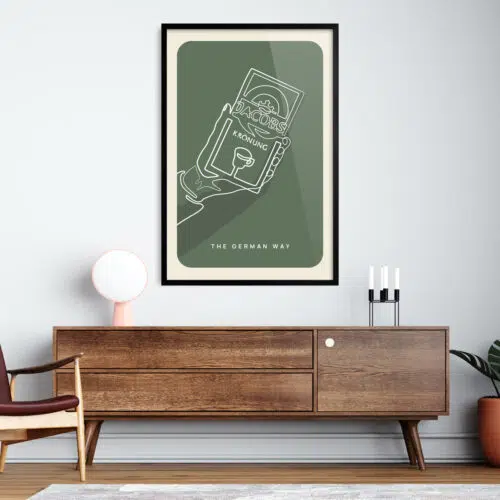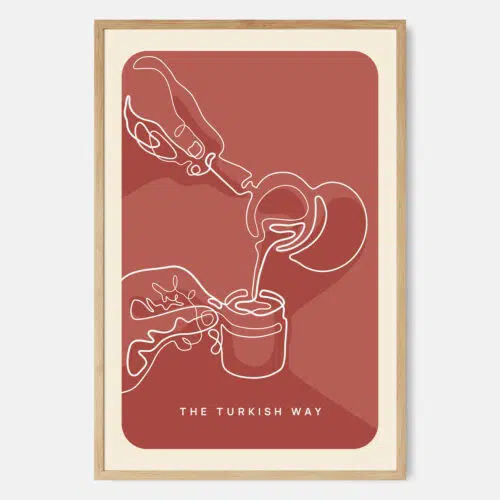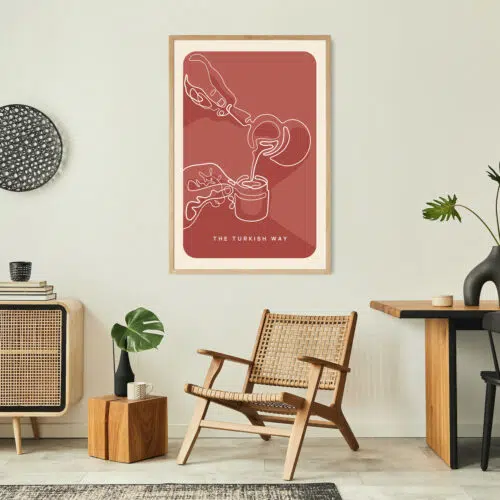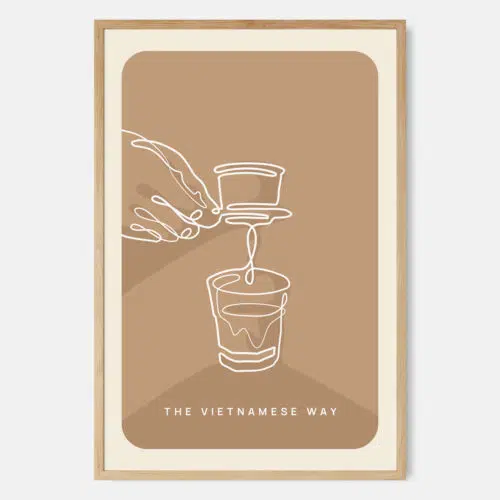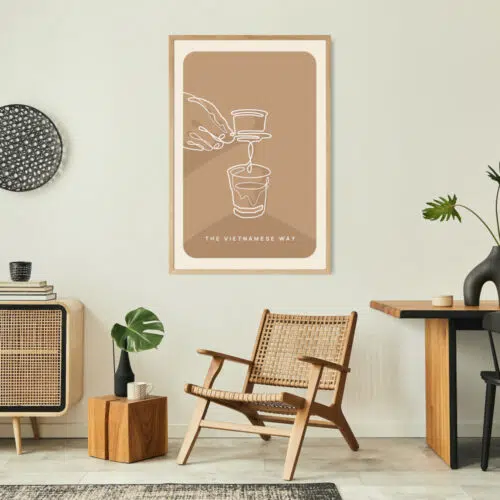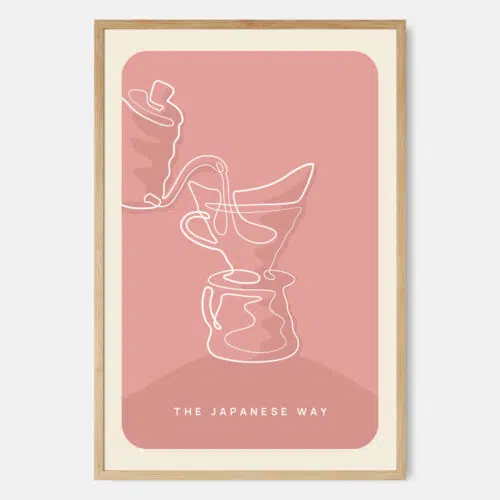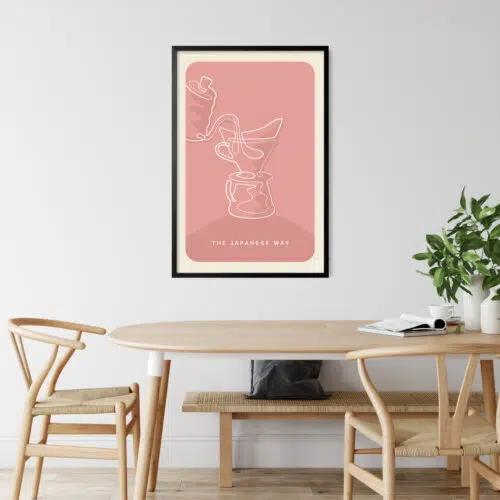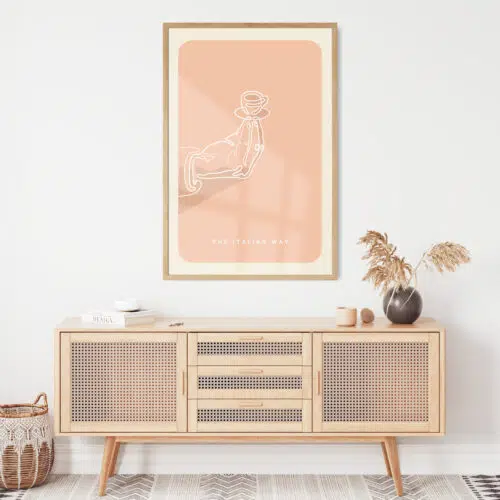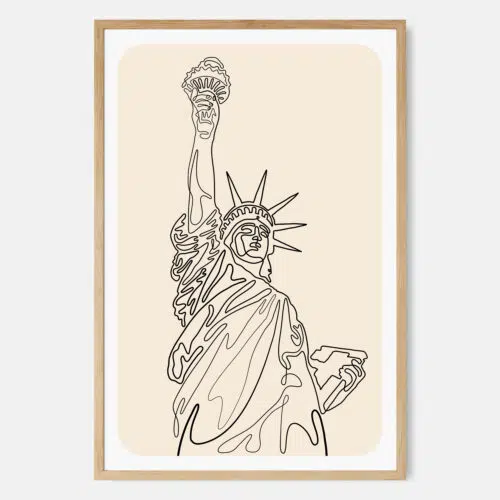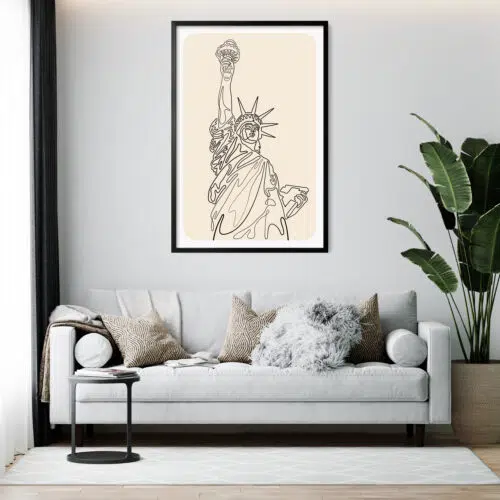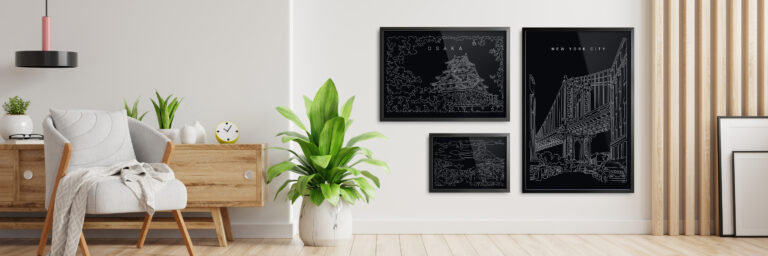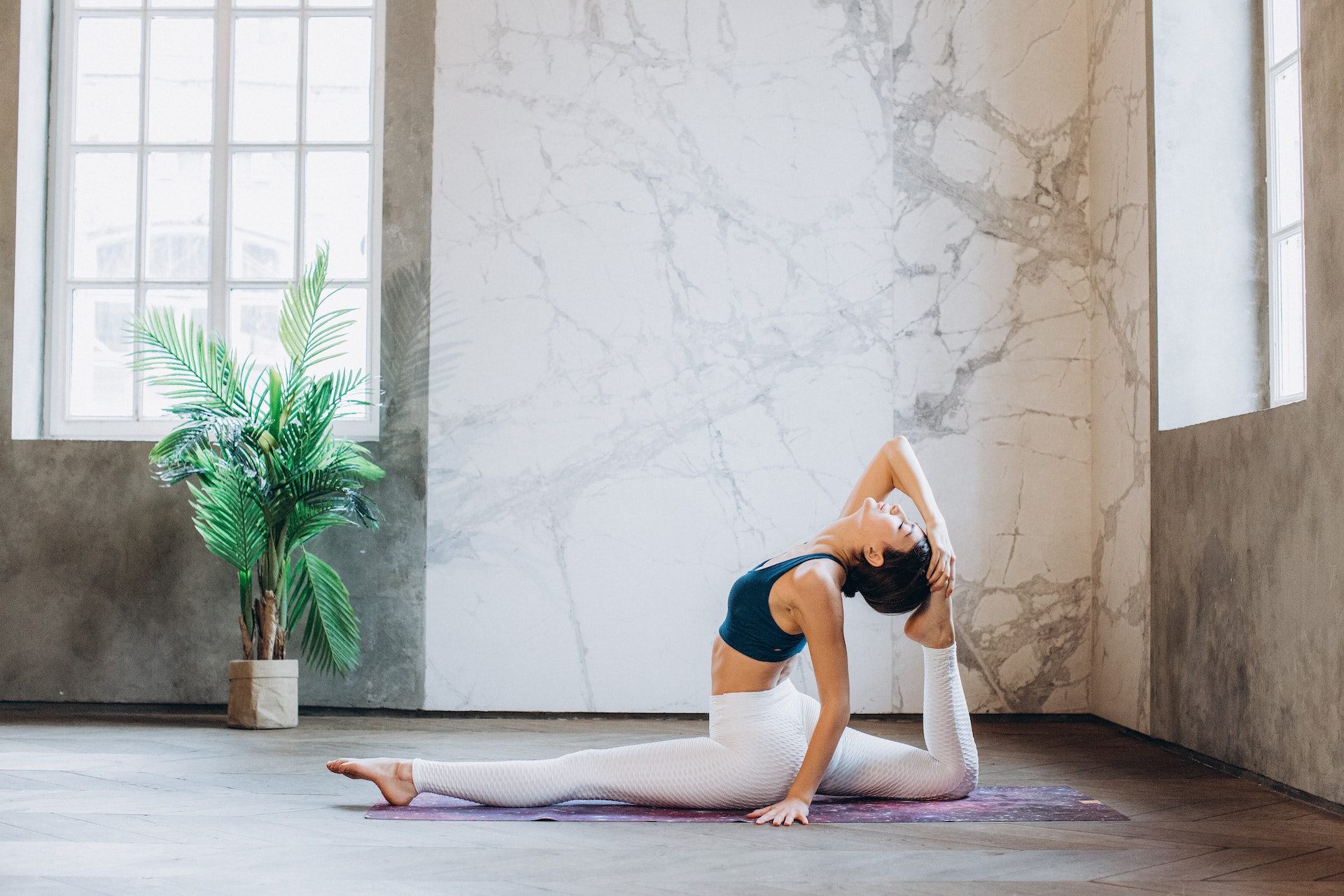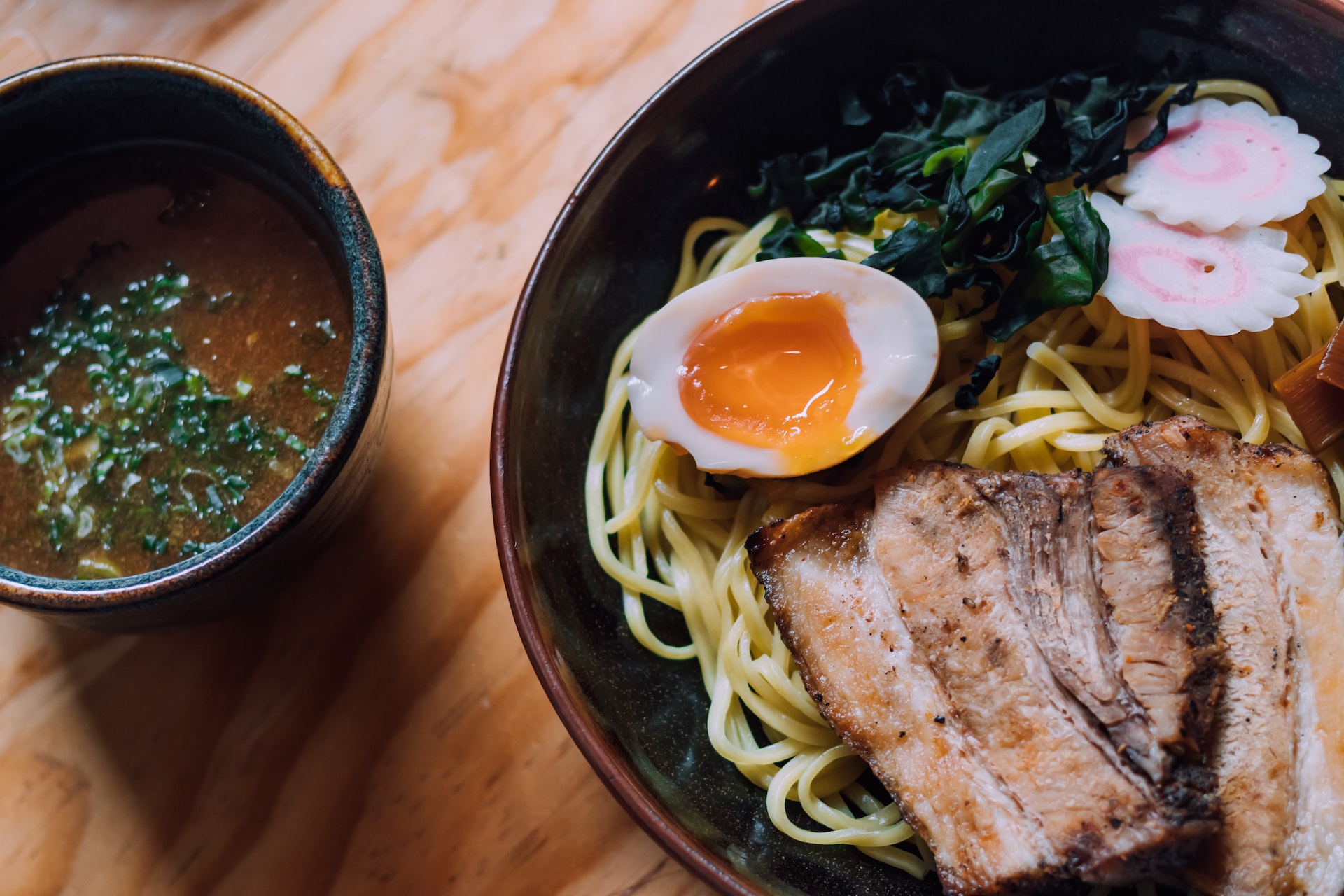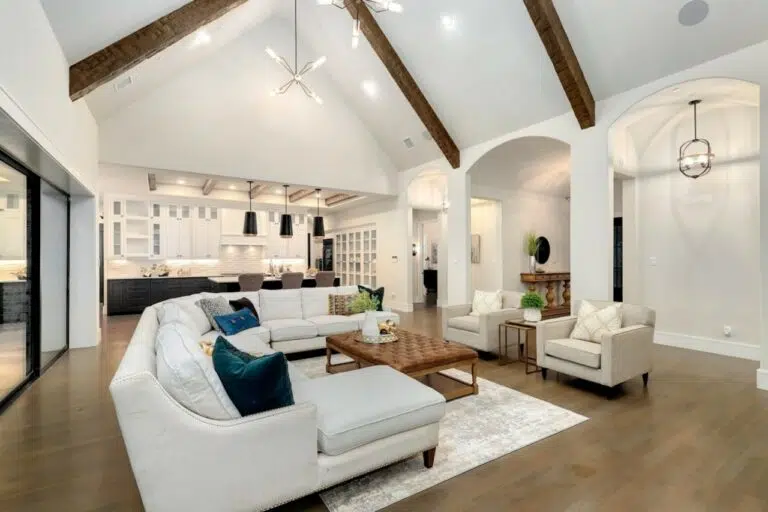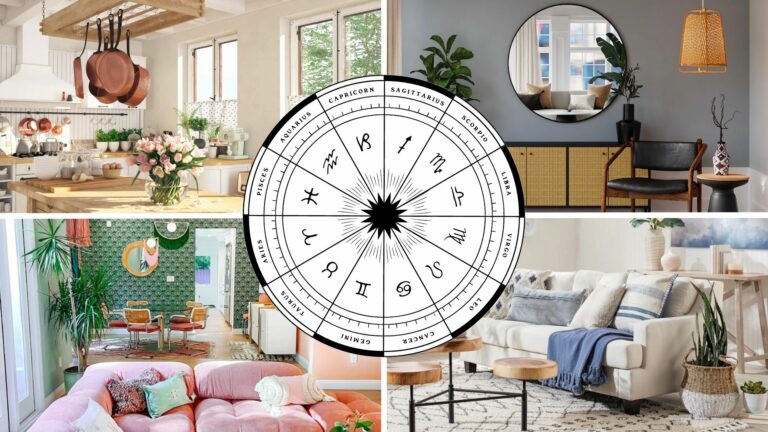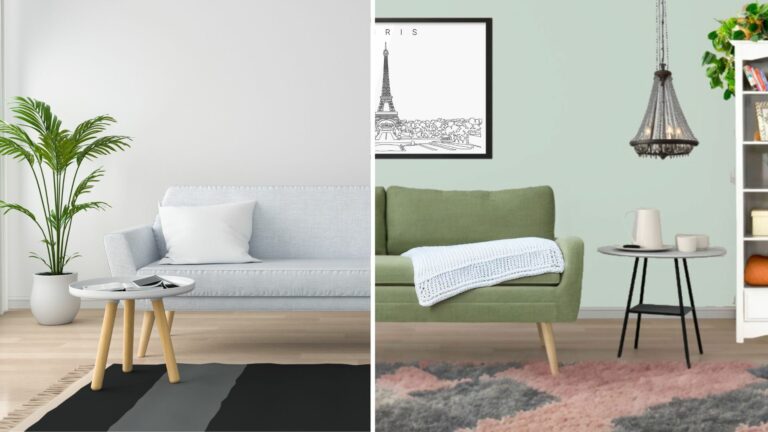Color Psychology In The Workplace
Color psychology is the study of how different colors affect human mood, behavior, and perception; it explores how colors can influence emotional and physiological responses. This means that color decisions are extremely important for interior design and décor choices, especially in work environments.
The concept behind color psychology is that different wavelengths of light are perceived by the brain as different colors, and these colors can have a subtle impact on mood and behavior. Though effects vary by individual, research shows colors generally evoke consistent psychological reactions across cultures.
Color psychology in the workplace, the colors around employees can affect concentration, productivity, and engagement. Using strategic color schemes and décor allows businesses to maximize employee performance. We’ll share the emotional effects of colors and what colors are best for your home or corporate office, depending on your goal.
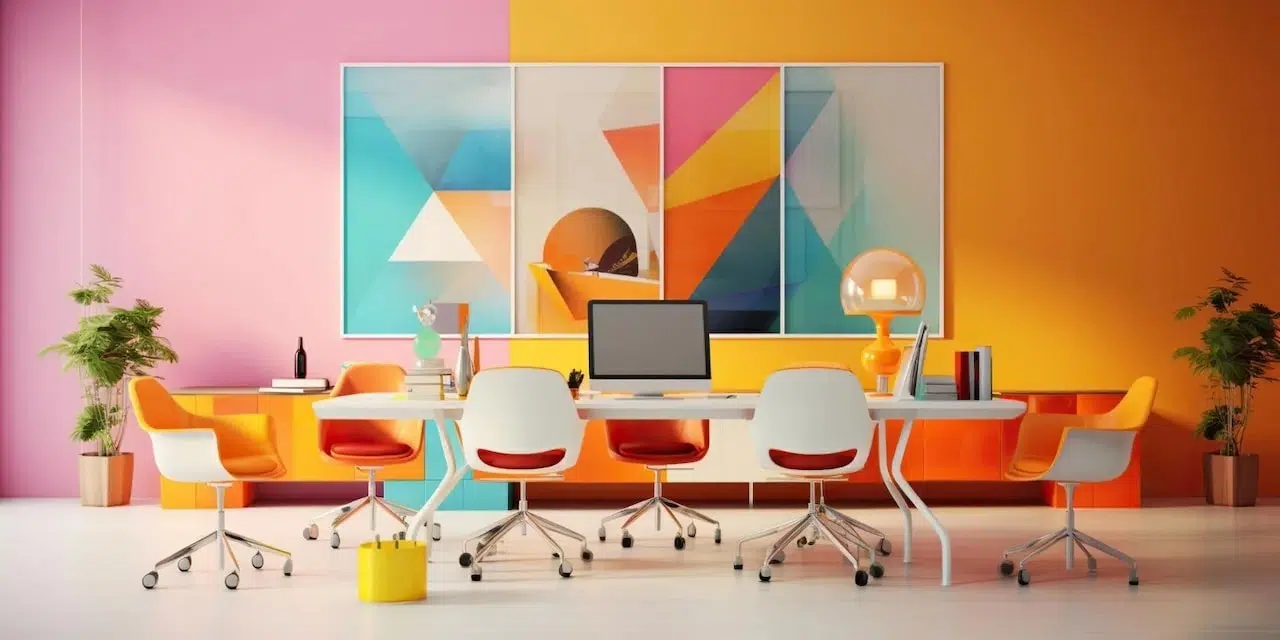
How Color Impacts Work Performance
Studies have shown that color can have a significant impact on productivity, focus, creativity, and tranquility in office environments. The appropriate use of color psychology in the workplace can lead to measurable improvements.
For example, research has found that employees are more productive in blue offices. Workers were found to be 15% more accurate on tests taken in blue offices compared to those taken in red offices. In contrast, too much red in a workspace can actually reduce accuracy and attentiveness. While red stimulates high energy, it can also promote anxiety and frustration if overused. These are a couple out of many examples of how specific colors will promote different outputs. So don’t take your color decisions lightly!
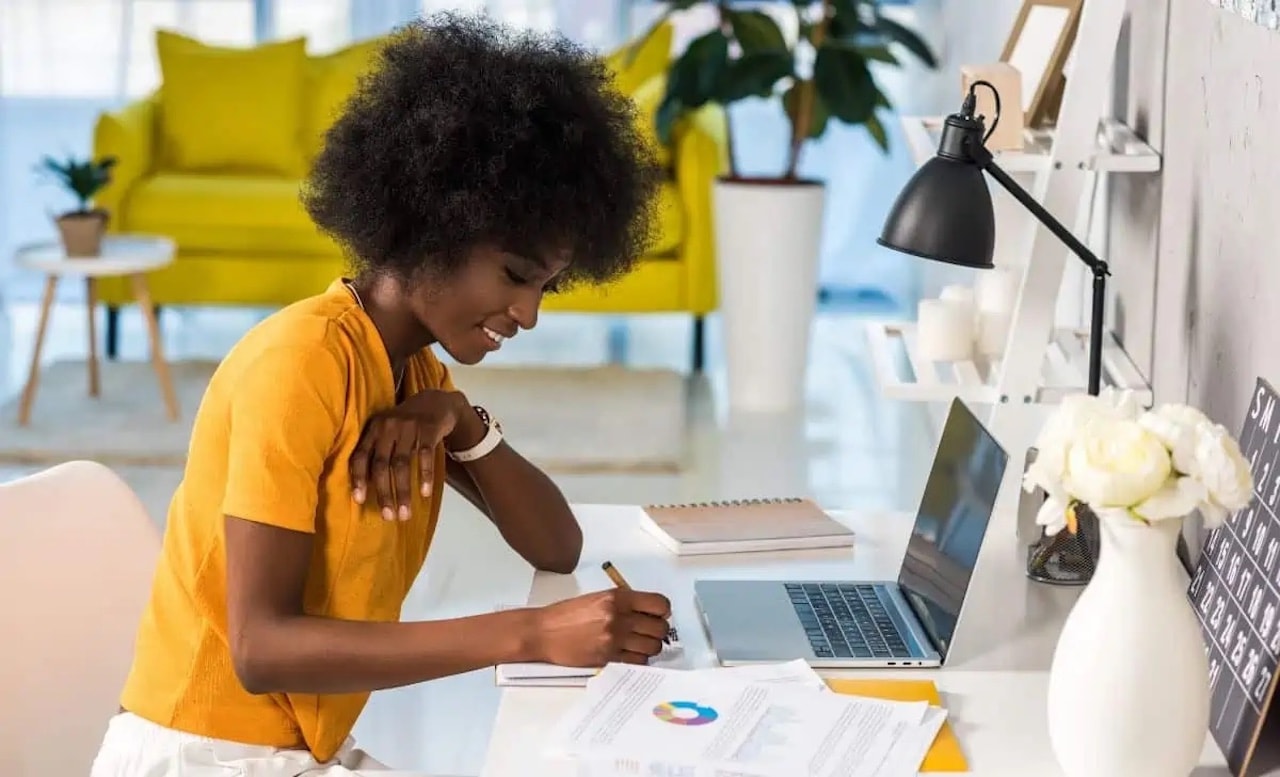
Color Psychology In the Workplace: In A Nutshell
When selecting color schemes for offices and workplaces, it’s important to consider what your main goal in the office is. Do you want to promote calmness? Productivity? Energy and fun? Every hue will impact productivity, focus, creativity, and mood.
Some of the best colors for business settings include:
- Blues: productivity and focus.
- Greens: harmony and growth.
- Neutrals: calming and provide a flexible backdrop that can work with any brand colors.
- Reds (minimal): energy and excitement.
- Yellows (minimal): happiness and positivity.
Below, we’ll share a breakdown of popular colors in the workplace and how to utilize them best so you and your employees will feel great while at work.
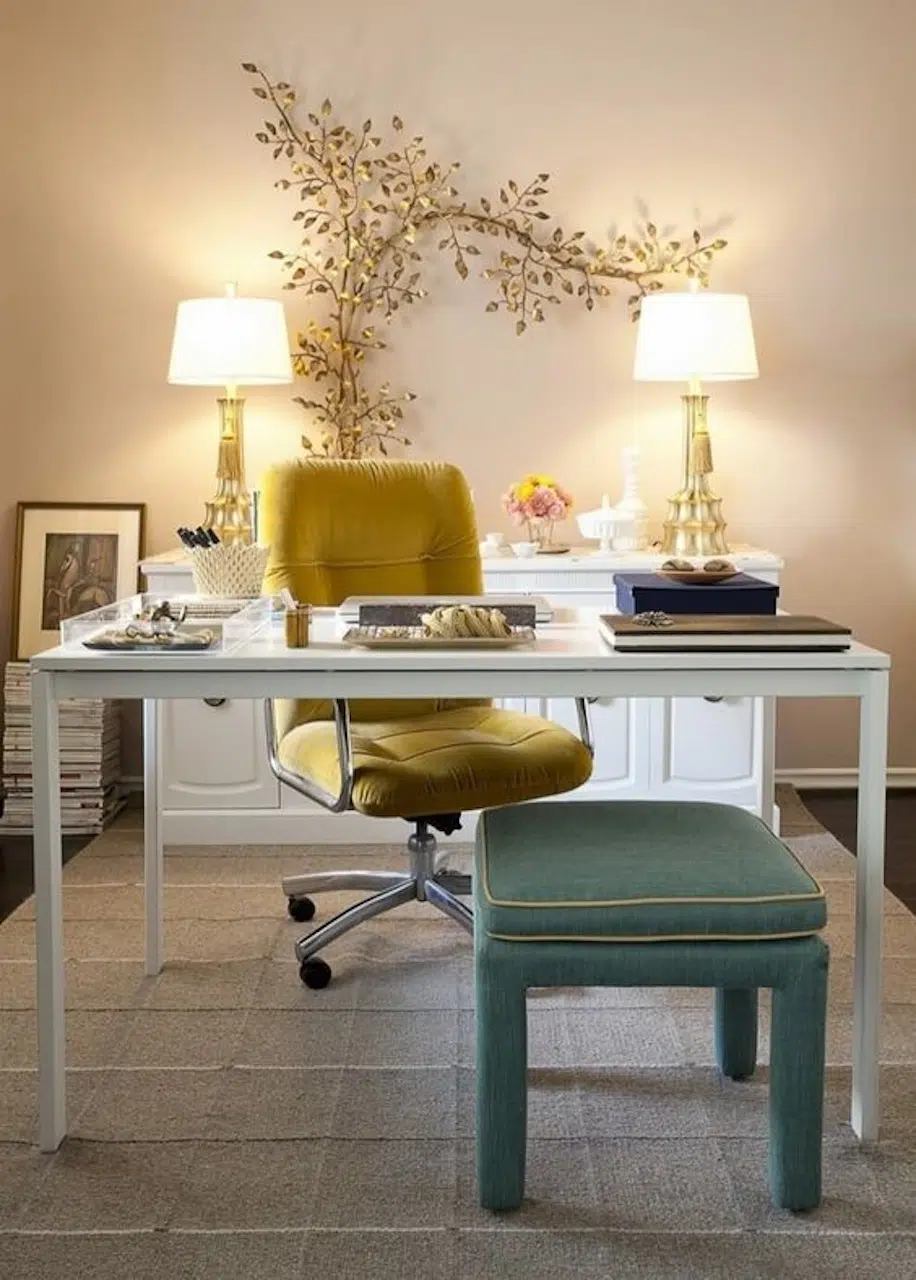
Blue in Workplaces
Blue is often considered one of the best colors to use in office environments. Studies have found that the color blue can have a calming and relaxing effect. According to research from the University of British Columbia, the color blue can even decrease blood pressure and slow breathing rates. This tranquil reaction makes blue a great choice for spaces where focus and concentration are key.
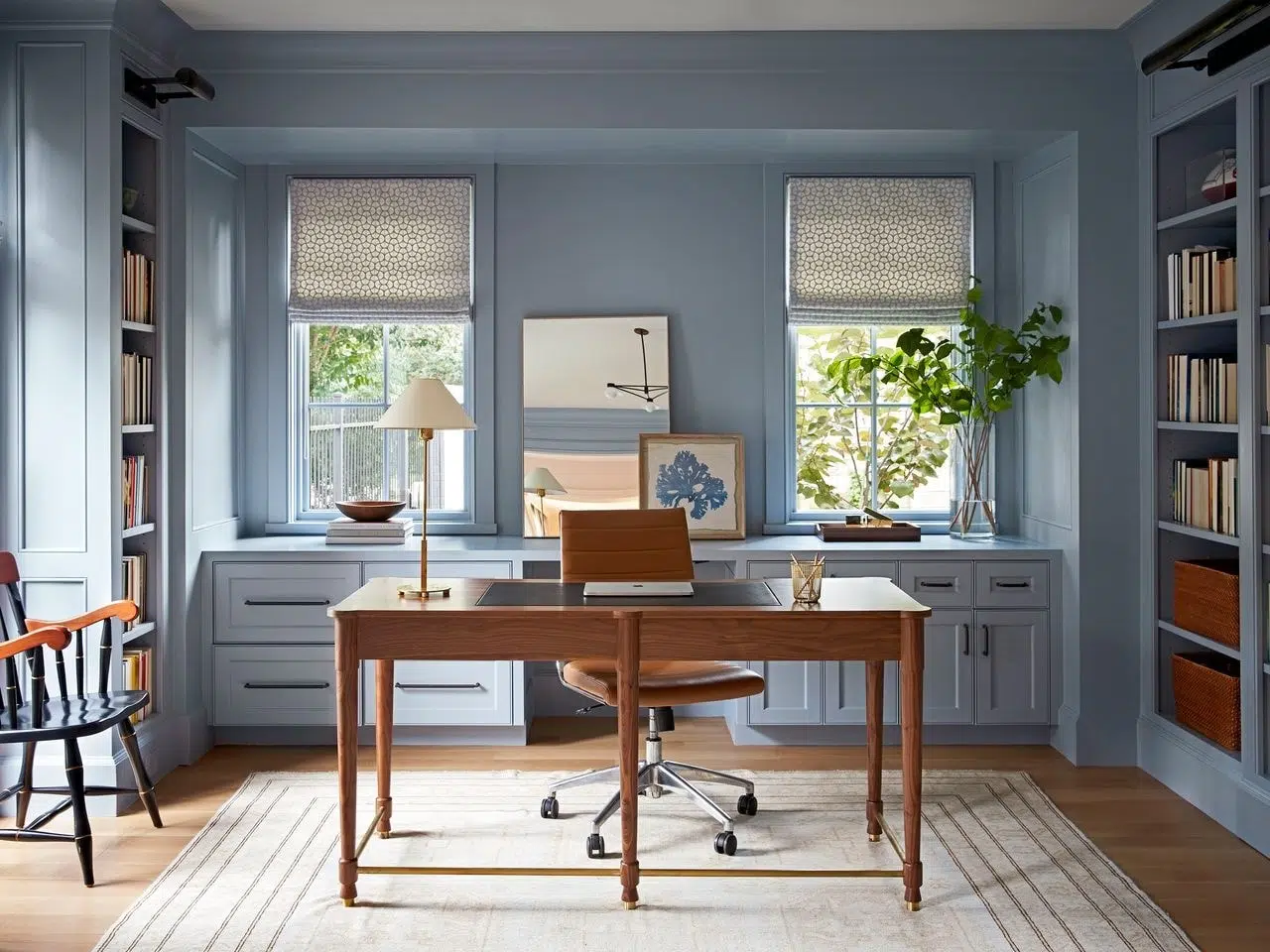
According to color psychology in the workplace, the color blue has been linked to improved productivity. Because of its relaxing and concentration-boosting effects, blue is an ideal color for spaces like offices, conference rooms, and creative studios. It helps foster tranquility, focus, and mental clarity. Incorporating shades of blue through wall art, accent decor, or paint colors is a great way to enhance workplace productivity in a calming atmosphere.
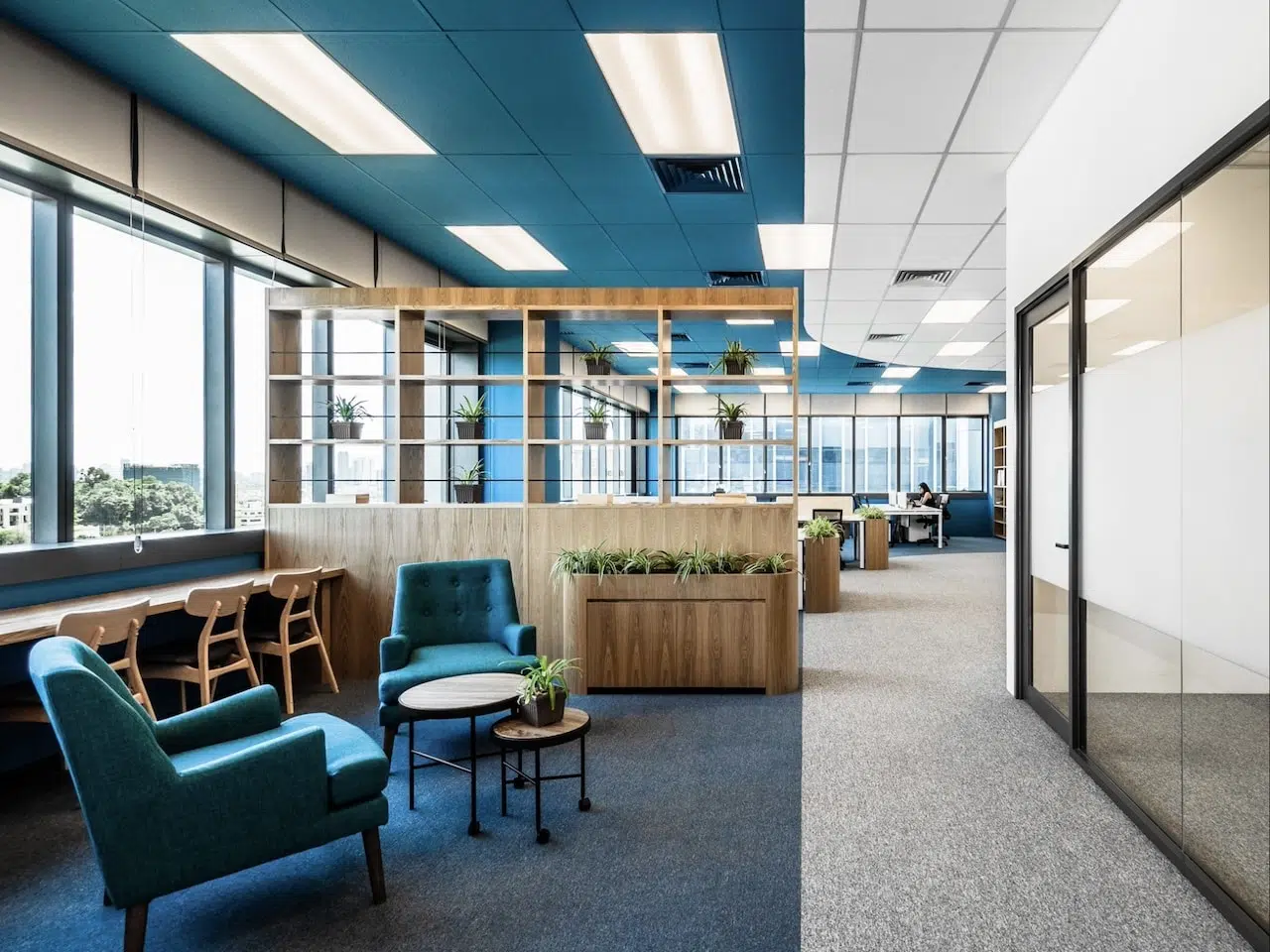
Green in Workplaces
Green is often considered one of the most balanced and harmonious colors for business environments. It evokes feelings of growth, vitality, and renewal. Studies have found that green can improve reading ability and creativity. The color green is also associated with focus and concentration. It can help prevent eye fatigue from staring at computer screens all day. Using green as a wall color or in artwork provides a soothing backdrop that helps maintain mental focus during long work hours.
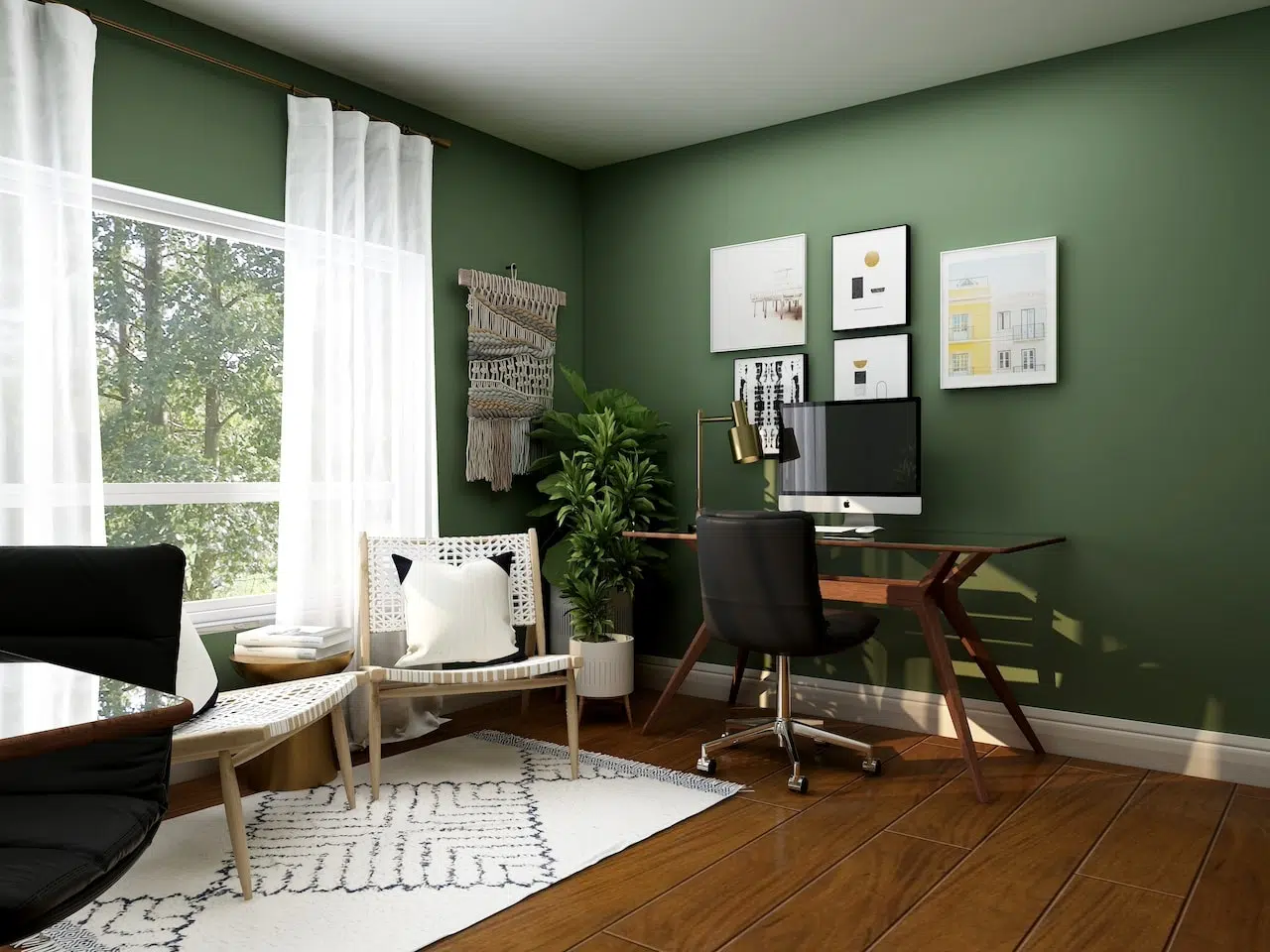
Incorporating green into office design supports a culture of learning and development. It signals to employees that their personal growth and work contributions are valued. Green artwork with natural imagery like plants, trees, and landscapes enhances the harmonious and organic feel. Overall, green is one of the best options for promoting balance and productivity in a business setting.
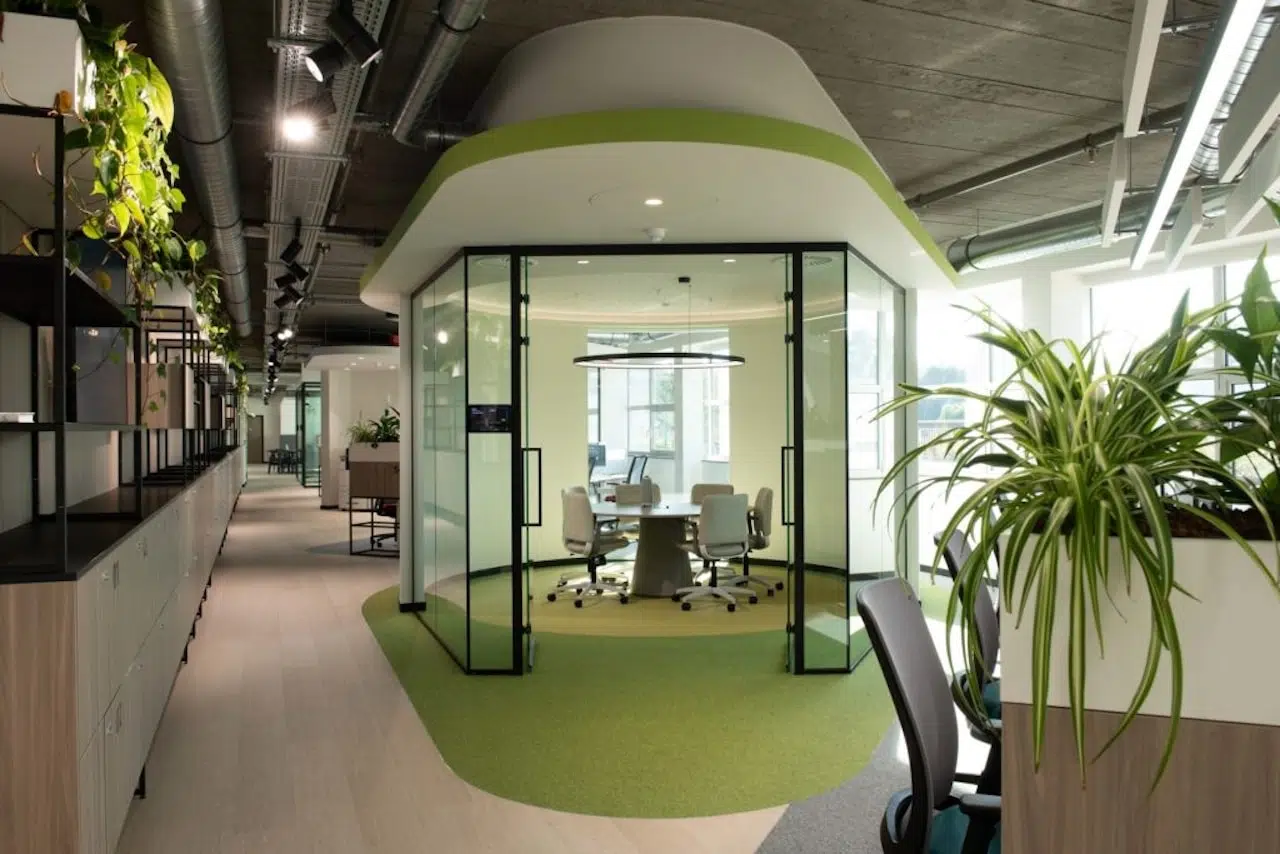
Related Post: 12 Incredible Google Offices Around The World – With Decor Products You Can Own
Neutrals in Workplaces
Neutrals like white, beige, gray and black can provide a sophisticated and flexible backdrop in office environments. Unlike bold colors, neutrals don’t elicit strong reactions or moods. This allows them to act as a blank canvas that can be adapted to suit different needs.
White is associated with cleanliness, simplicity and space. It can make rooms feel more open and airy. White provides a neutral background that allows pops of color from furniture, decor and peoples’ clothing to stand out. It creates a minimalist, uncluttered aesthetic suitable for many types of businesses.
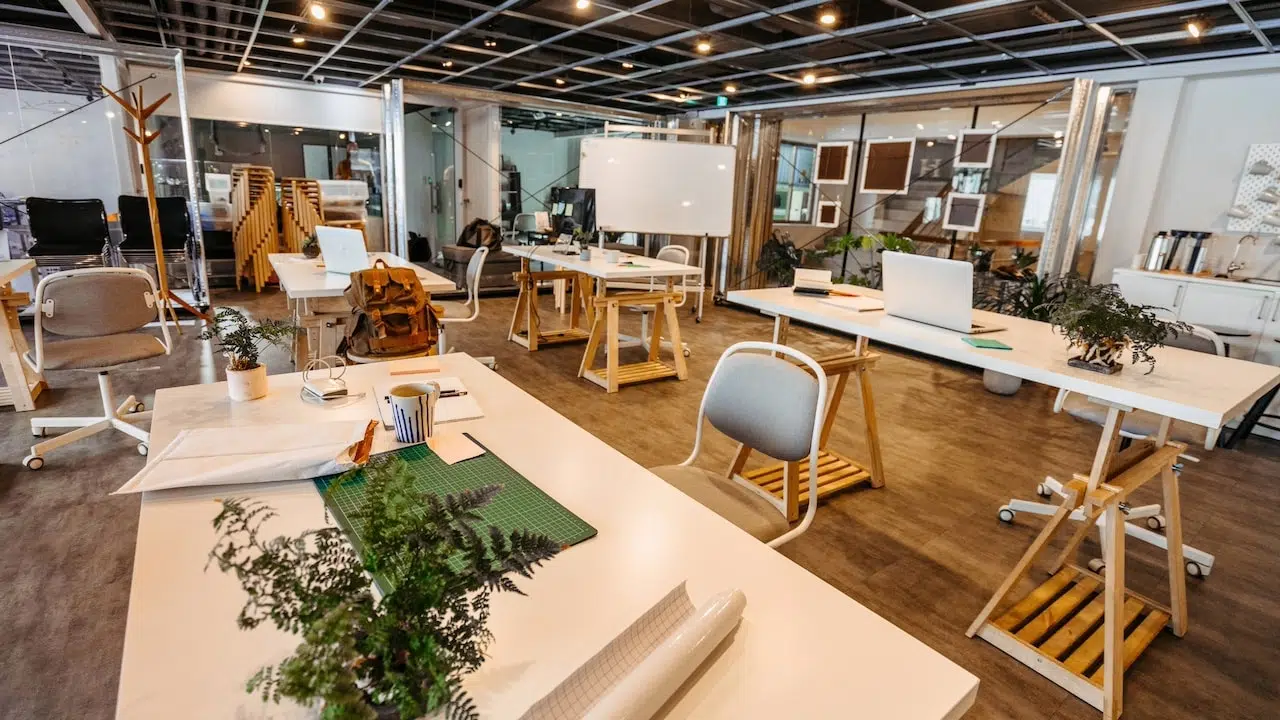
Light neutrals like beige and gray evoke subtlety and flexibility. They don’t stimulate or distract employees but also don’t feel sterile like bright white can. Pairing these soft neutrals with textures, natural materials and artwork prevents spaces from feeling flat or monotonous.
Dark neutrals like black and charcoal gray lend a polished, sophisticated look. They contrast nicely with lighter furniture and decor elements. The richness of dark neutrals balances vibrant accent colors used sparingly throughout the space. Just be mindful of making rooms feel too dark and imposing.
Overall, a neutral palette offers flexibility to suit the needs of diverse businesses and teams. Neutrals can be mixed and matched easily while allowing key brand colors to stand out. If your work is already stimulating with lots of colors, tasks, and the need for focus, neutrals may be the best color choice so you don’t get over stimulated.
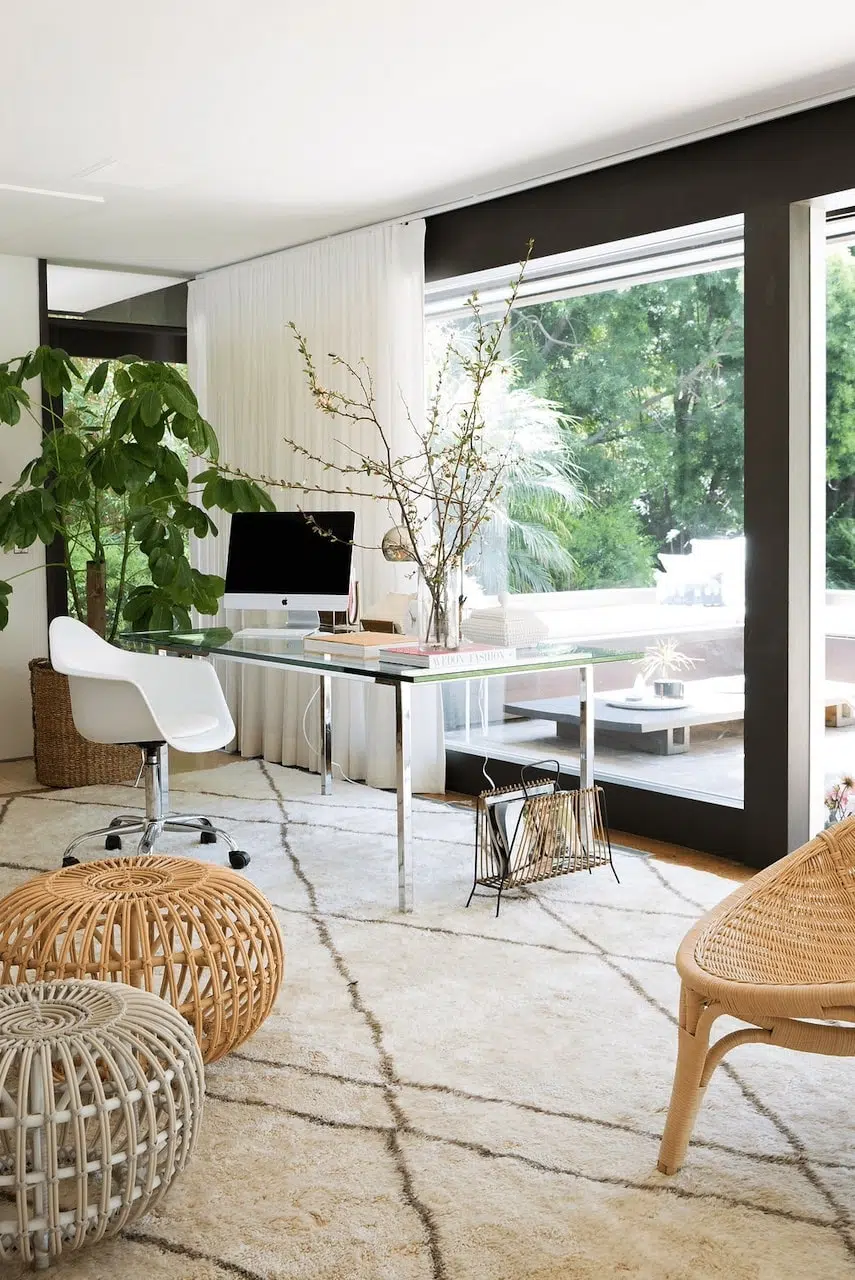
Red in Workplaces
Red is known for being an energizing, intense color that can help boost focus in the workplace. The boldness of the color red triggers feelings of excitement and intensity, which can be useful for high-energy working environments.
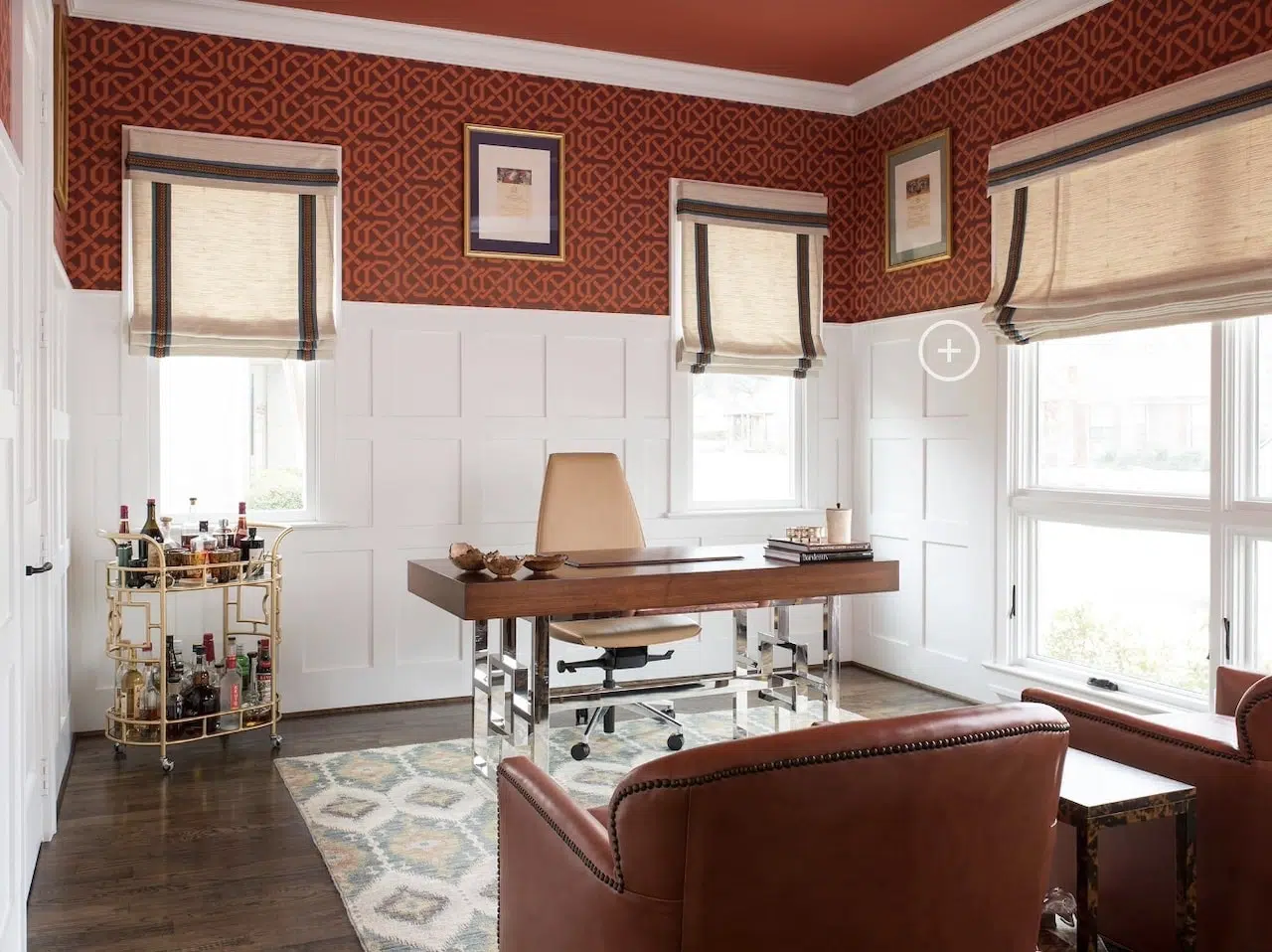
In offices and workspaces, using shades of red can help stimulate productivity and attention to detail. Having red accents, artwork, or wall paint can boost employee energy levels. However, too much red may cause overstimulation, so it should be used sparingly. Red is best suited for promoting focus during intense, detail-oriented work; it is also a great color choice for jobs requiring physical labor.
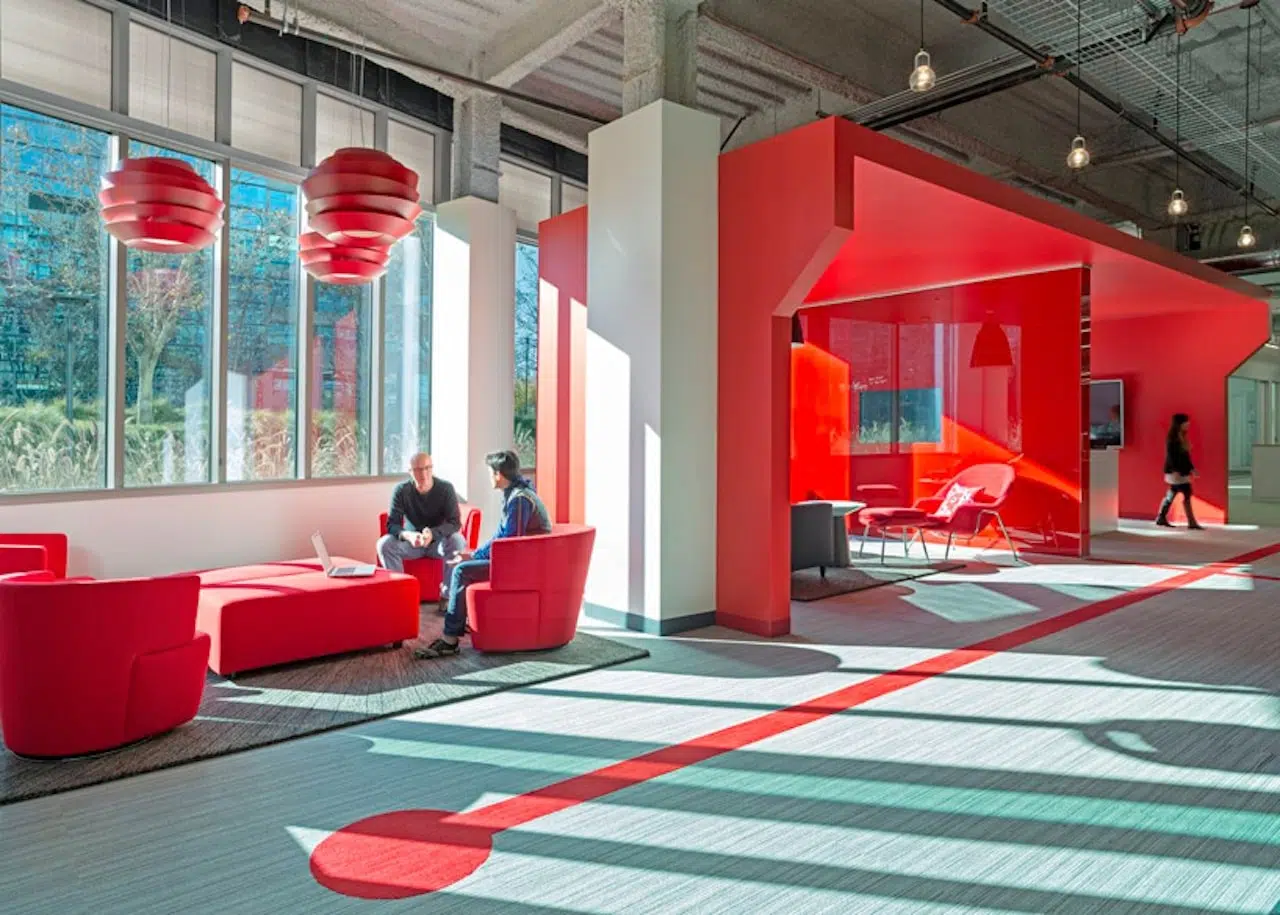
Yellow in Workplaces
Yellow is known to evoke feelings of optimism, confidence, and creativity in the workplace. Studies have shown that yellow can boost morale, uplift moods, and inspire imaginative thinking. The vibrant energy of yellow makes it perfect for creative jobs where new ideas are valued. Places like design studios, advertising agencies, and tech startups often use dashes of yellow in their office decor to stimulate creativity.
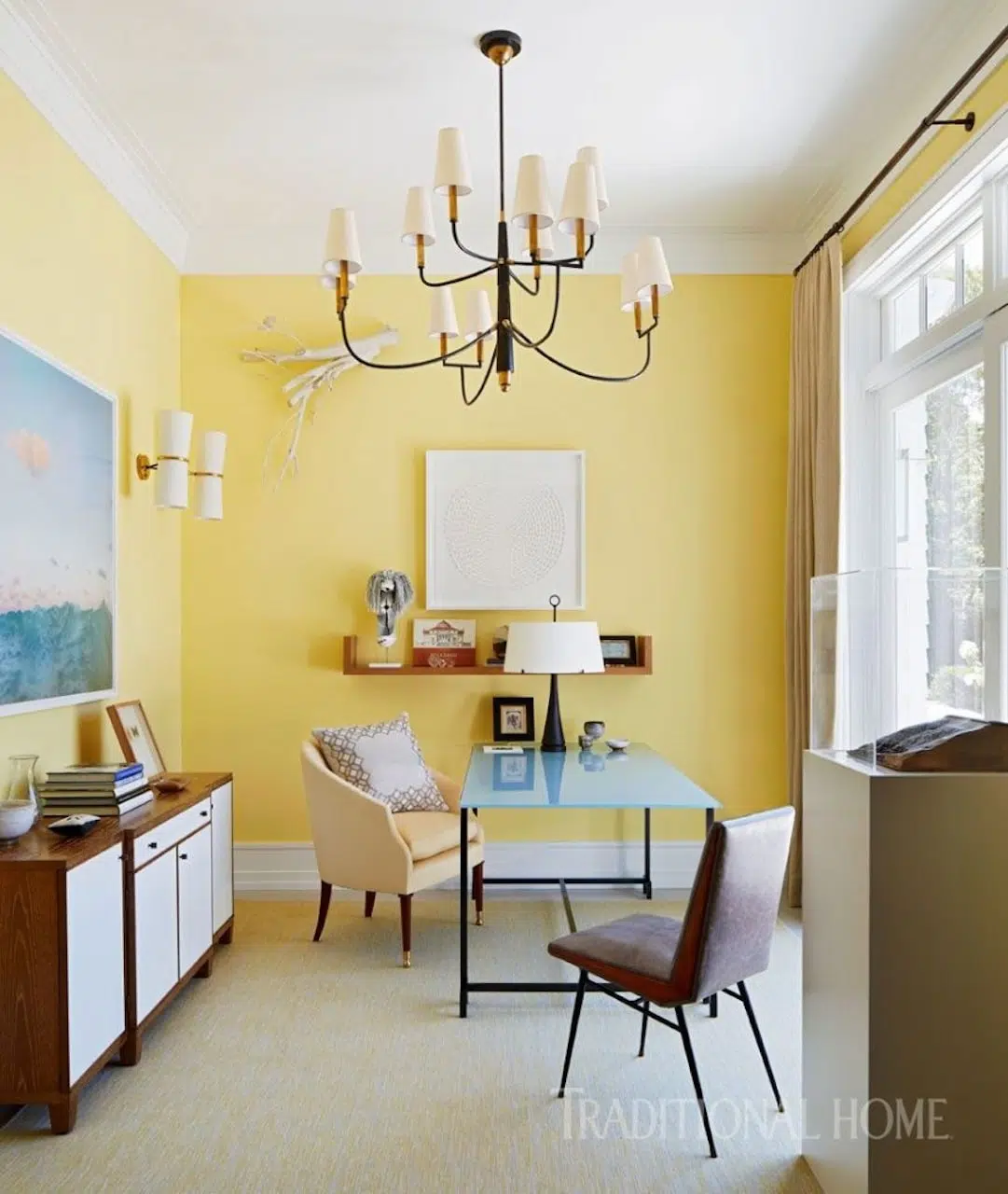
We all know that our workplaces can become very stressful, so yellow can be used to boost morale and uplift spirits during stressful work periods. A yellow accent wall, artwork, or even a yellow staircase can brighten up a workplace and create a warm, energetic vibe. Just be careful not to overdo it, as too much yellow may cause sensory overload.
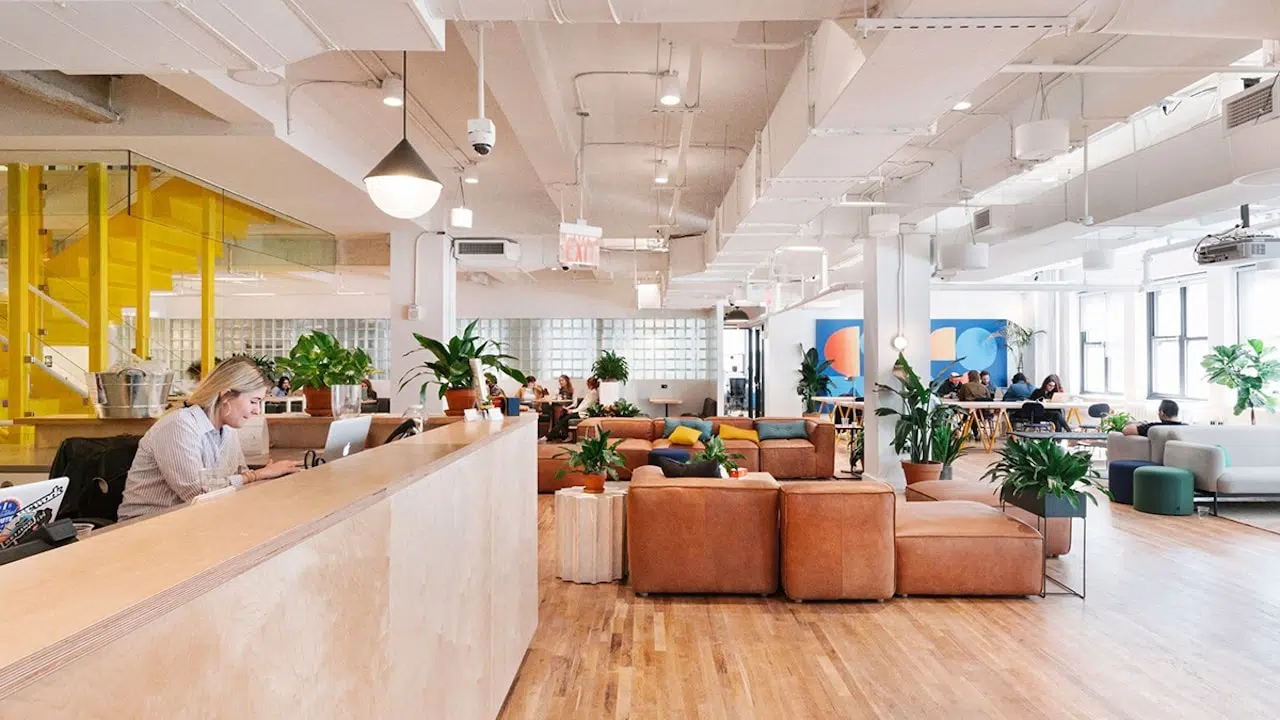
Color Psychology In The Workplace – Which Color Do You Choose?
Color psychology in the workplace is not something that should be overlooked when it comes to office design. A simple white wall with artwork can be so much more. Depending on the color you choose, it will quite literally impact your work day! From calming blues, to energizing reds, to balancing greens – your color choice could determine your productivity in the office. It’s not just about colors, though; it’s about creating an environment that resonates with your goals and ambitions.
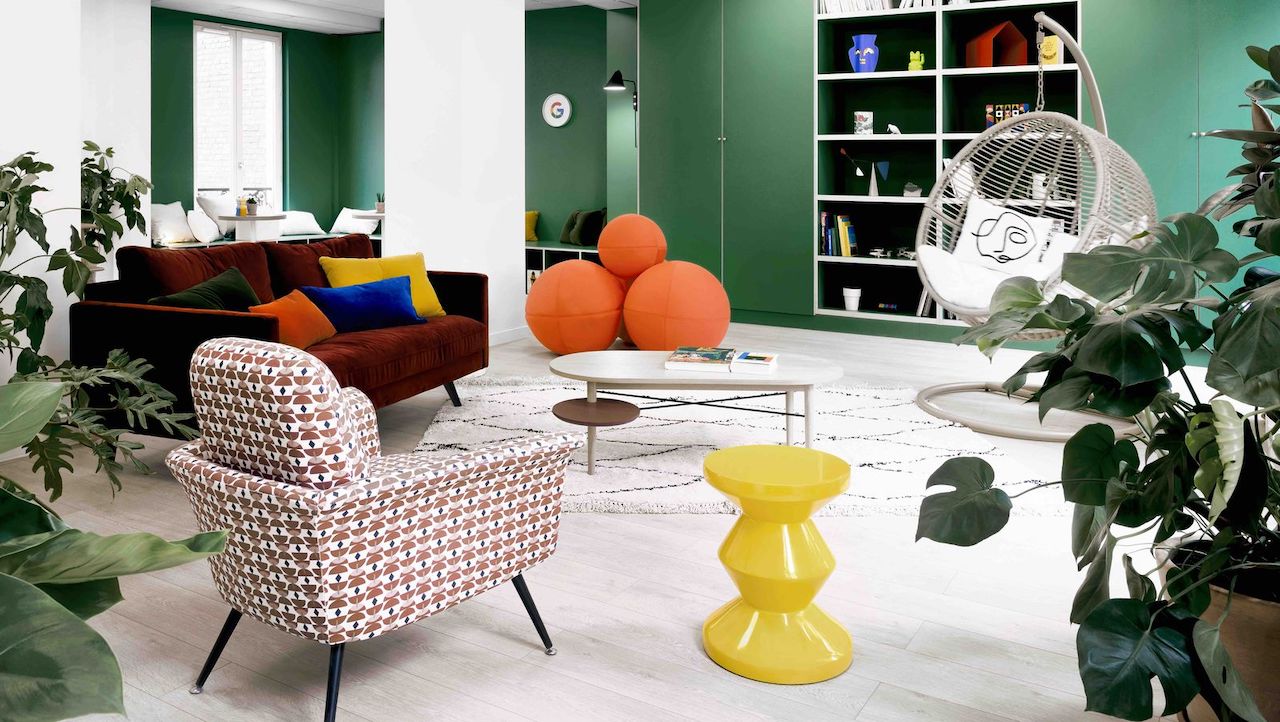
At EverLineArt, our vision is to enhance interior spaces through refined aesthetic line art, igniting creativity and fostering a sense of well-being in both personal and commercial arenas.

